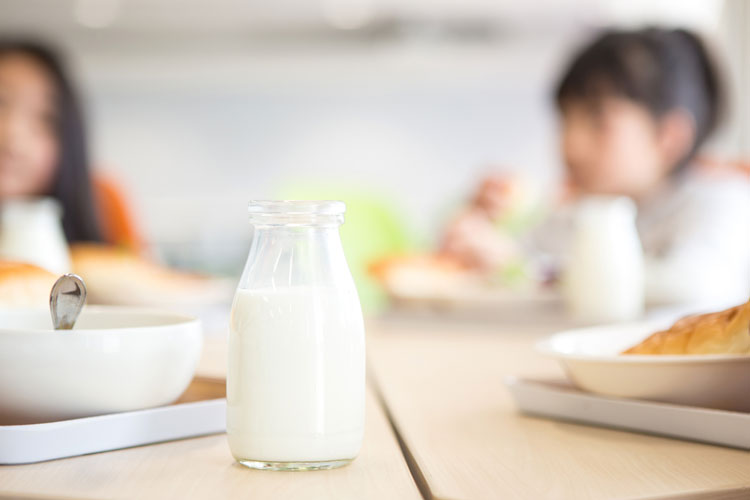
When dairy farmers contribute 15 cents per hundredweight of milk shipped to the dairy checkoff, they want to know that money is making a difference. Two checkoff organization CEOs described how they evaluate the success of their programs on the September 23 Hoard’s Dairyman DairyLivestream sponsored by World Dairy Expo.
“First of all, every year, there’s a report to Congress that USDA does, and they contract with a university to do that,” explained Dairy Management Inc. (DMI) CEO Tom Gallagher. “Every year, it shows the benefit of the investment and a good return on investment for dairy farmers.”
That large-scale USDA study is the main evaluation of the effectiveness of advertising campaigns, and it includes descriptions of programs and accounting of funds spent. Past reports can be found here.
Additionally, DMI takes into account independent studies of promotion efforts. To estimate success of specific projects, they will compare sales data with consumption data. One example is in food service.
“We are the product developers for McDonald’s, Taco Bell, and some others,” Gallagher identified. “What do we get, confidentially, from them in terms of sales of the things that we produced for them? And then we compare that to the overall sales of cheese: American cheese or pizza cheese. We compare actual sales to gross sales reported by USDA.”
Evaluations can become further detailed. “There are specific programs we have that we can measure on an individual basis, like our school program, where the state and regional [organizations] have just increased by billions of school breakfasts since 2010,” Gallagher continued. “We can see how much we’ve put into that, how much other people have contributed to that, and we can see how much dairy was sold through that.”
On a regional level, California Milk Advisory Board CEO John Talbot shared that in addition to the USDA report, his organization focuses on understanding what consumers need in their programming. “Our mission is to drive demand, so what does that mean?” he asked. The board looks at five components of demand:
- Awareness
- Interest
- Trust
- Consumption
- Advocacy
“We have specific measures within each of those areas that help tell us if a program is doing well or not, and we use that to either optimize the program or get out of it and move on to something else,” Talbot explained.
An ongoing series of events
DairyLivestream will air twice each month for the remainder of this year. The next broadcast on Wednesday, October 7 at 11 a.m. CST is titled “Can we sell that cheese?” Each episode is designed for panelists to answer over 30 minutes of audience questions. If you haven’t joined a DairyLivestream broadcast yet, register here. Registering once registers you for all future events.








